Yamaha Electric Guitar Technologies
Tone Through Science
Explore the science behind Yamaha's passion for crafting inspiring guitars. Yamaha's unique guitar-making process blends cutting-edge technology with traditional craftsmanship to create high-performance instruments. Discover how scientific methods lead to exceptional tone and how Yamaha's dedication to prototyping and incorporating expert feedback ensures that each guitar is meticulously refined for mass production.
Acoustic Design
Acoustic Design is a process that utilizes modern technologies to achieve an instrument design with ideal tone, resonance, balance, and feel.
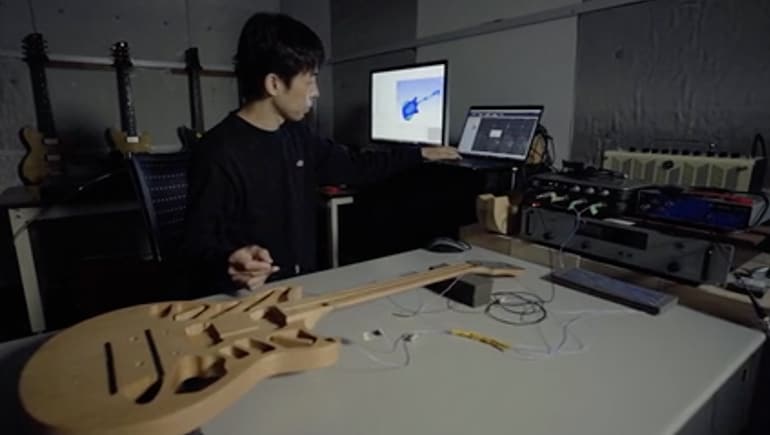
Acoustic Analysis
Acoustic Analysis involves scientifically analyzing the resonance characteristics of top-tier guitars. This allows for desirable acoustic characteristics to be visualized and recreated.

3D Modeling & Simulation
Yamaha uses a process called modal analysis to reproduce vibrations on a simulated 3D guitar model. This information, combined with Acoustic Analysis results, helps us design guitars with ideal acoustic characteristics. We are able to achieve balanced resonance across the entire instrument by minimizing the difference in vibration frequencies between the neck and the body.

Prototyping
Prototypes are built based on the Acoustic Design results. These prototypes are repeatedly evaluated by artists and Yamaha engineers until the final specifications are decided.
Revstar
Chambered Bodies
Yamaha guitars with chambered bodies, such as the current Revstar models, are meticulously designed to enhance resonance and sculpt tone in addition to the weight relief and balance properties that chambering provides.
Carbon Reinforcement
Revstar Standard and Professional models feature carbon-reinforced necks. Professional models also add carbon reinforcement to the body for weight relief, vibration transfer, and tone shaping.
Pacifica
Designed for Resonance
The newest Pacifica bodies feature carefully engineered slits below the pickguard that serve to decrease stiffness in that area of the body, while an added rib in the control cavity increases stiffness in the back portion of the body. The result is a design that is uniformly resonant and balanced.
Adjusted for Vibration
In order to achieve a tight and clear low-mid range sound, new Pacifica models feature an adjusted headstock shape, truss rod nut location, and overall instrument length.
Acoustic Design
Yamaha R&D assistant manager Kenta Ishizaka explains how Yamaha improves sound quality using Acoustic Design.
Pickups
Every Yamaha electric guitar is paired with an ideal set of pickups for a desired sound. This includes the development of proprietary pickup designs crafted for specific guitar models.

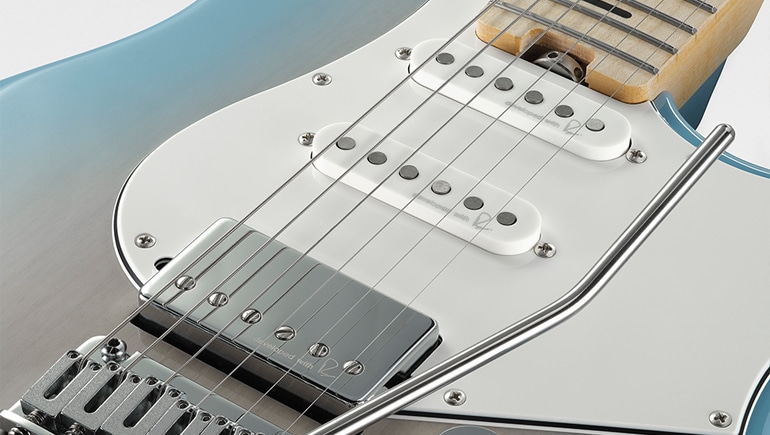
Reflectone Pickups Developed With RND
Yamaha has collaborated with audio industry leaders Rupert Neve Designs to craft a set of pickups voiced for Pacifica Professional and Standard Plus guitars. Over four years were spent combining Yamaha's Acoustic Design methodology with RND's decades of experience designing transformers, resulting in a set of Reflectone pickups that provide a tight low end, present mid range, and sparkly high-end for a modern and clear sound. Reflectone pickups have been specifically optimized to complement new Pacifica guitars, including the pole piece material, coil winding method, bobbin shape, and more.
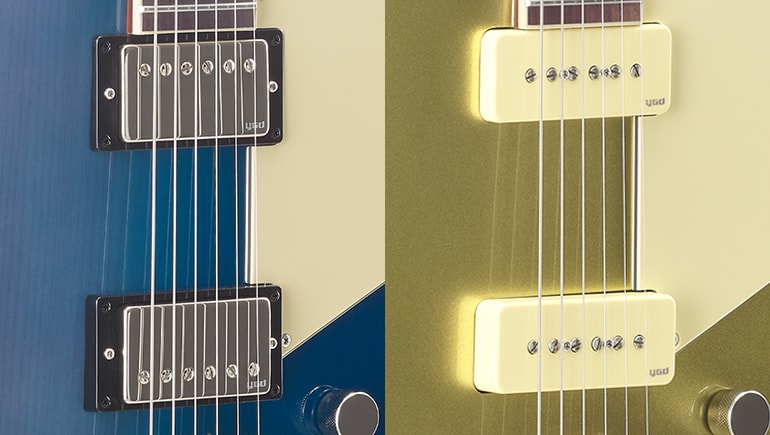
Yamaha Guitar Development Pickups
Designed from the ground up, Revstar features specially wound YGD pickups that are perfectly matched to each model in the lineup. More than 50 prototype pickups were tested featuring different wire combinations, windings, magnets, and base plates. Eventually, a spec was settled on for each guitar model and the Revstar pickup series was born.
RND Pickup Development
Learn all about Reflectone™ pickups in this video as Yamaha R&D Assistant Manager Kenta Ihizaka and Rupert Neve Designs Engineering Manager Dennis Alichwer explain how the relationship and collaboration between Yamaha and RND came to be.
Switching Options
Yamaha guitars feature versatile and innovative pickup switching options to provide each player with limitless inspiration.

Focus switch
Revstar Standard and Professional models feature carbon reinforcements that alter the bass response, limiting the effect of the Dry Switch. Therefore, a new circuit was developed just for these models: the Focus Switch. Focus Switch is a passive boost circuit that rolls back treble while boosting bass and mids by adding a transformer to the signal path. Tonally, the effect resembles overwound pickups. It works particularly well for dark, rolled-off jazz tones, or for pushing a tube preamp into overdrive.

Dry switch
Yamaha’s proprietary Dry Switch gives you the versatility of a coil split, but with a tone that’s miles ahead. Dry Switch utilizies a passive filter circuit to filter out low frequencies, providing the punch and clarity of a single coil pickup without the inevitable hum and hollow tone often associated with split humbucking pickups. Because it’s a filter circuit, the Dry Switch works on both humbuckers and P90s for a totally unique, usable tone. Dry Switch was introduced with the original Revstar series on RS400 models and higher and is now featured on Revstar Element.
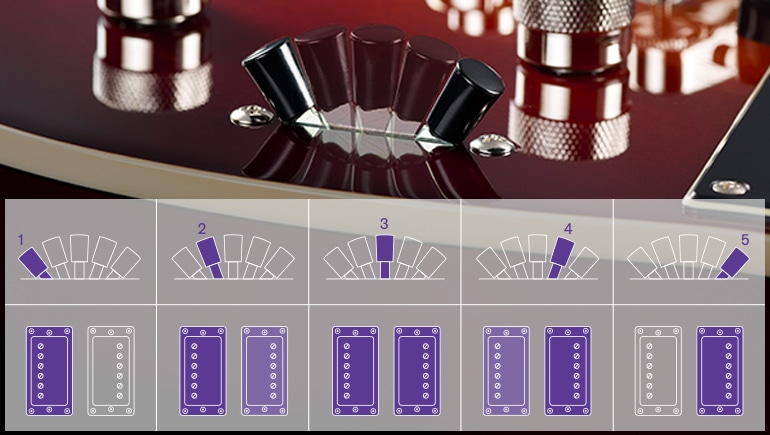
Phase Shift
Revstar Standard and Professional use a 5-way switching circuit to offer extra versatility with just two pickups. In positions 2 and 4, the signal from the opposite pickup passes through a capacitor which introduces a slight delay. This results in a more subtle phase shift between the pickups than a typical reverse-wound, reverse-polarity implementation, resulting in sounds that are unique to the Revstar.
I.R.A.
Yamaha uses a proprietary process known as Initial Response Acceleration (I.R.A.). This process involves applying specific vibrations to each instrument to release stresses between the wood and finish, neck and fingerboard, and body and hardware. The result is a brand new instrument with a "played in" feel and resonance.

Global Development & Artist Evaluations

Global Development Cycle
Since Yamaha is a global company, the development process for electric guitars incorporates input from all around the world. Once a prototype is evaluated by artists the design is modified for improvements, resulting in a development cycle that helps us achieve the best product. This combination of perspectives provides deep insight, allowing for designs that meet the needs and preferences of many types of players.
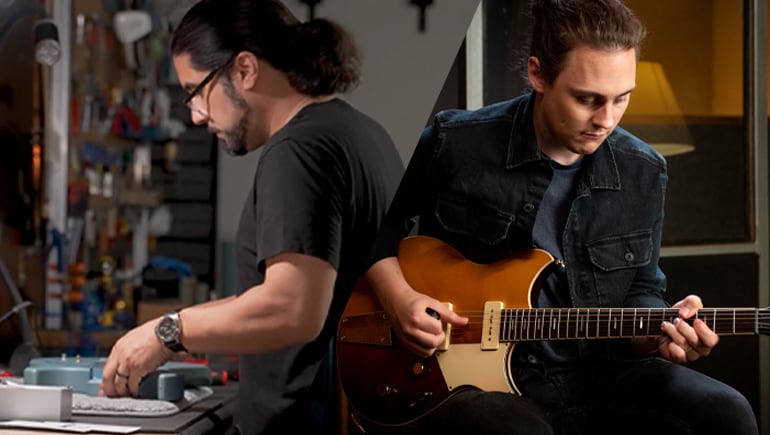
Global Artist Evaluations
Artist evaluations have been an integral part of Yamaha’s design process since we began developing guitars in the 1960s. Our process of gathering feedback from many artists over the course of many decades has given us deep insight into the most meaningful aspects of guitar design.








